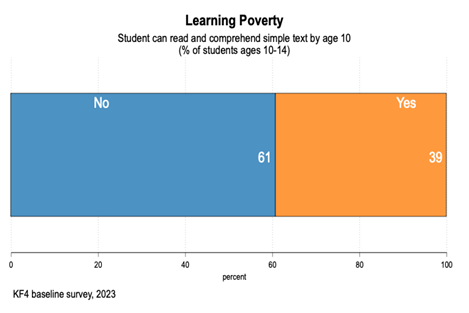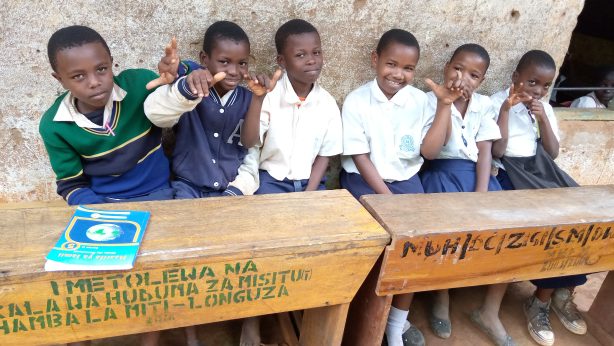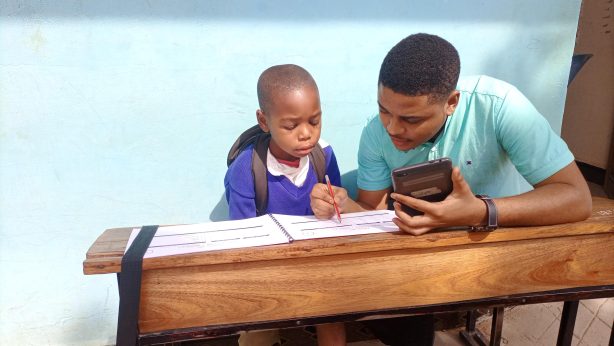Delivering quality education? 10 insights from Public Primary Schools in Tanzania
What we learn from student assessments and teacher interviews in low-performing schools
A recent survey in low-performing schools reveals that teachers are happy in their jobs, but too many students are not able to read by age 10.
Introduction
KiuFunza is a cost-effective program to improve learning that was designed and developed in Tanzania. KiuFunza provides cash incentives to public school teachers in Tanzania conditional on the learning outcomes of students in their class. The program is currently improving foundational reading and numeracy skills in 265 primary schools in Tanzania, with support from the Hempel Foundation. This phase targets low-performing schools, selected from the poorest performing schools in regions and districts that are ranked lowest in terms of their Standard 4 National Assessment results.
This report provides insights from the 2023 KiuFunza Baseline Survey, which took place in March 2023. The survey randomly selected 125 out of all KiuFunza program schools and added 60 randomly selected control schools, from the same regions and districts.
What are the four key takeaways?
First, the report highlights very low learning outcomes that are summarized by the headline Learning Poverty rate of 61%. This means that 61 percent of students aged 10-14, who are in school, cannot read and understand a simple text. This finding represents a huge challenge and means that Tanzanian schools are not delivering on the promise of education to their students and families.

Second, the report highlights the fact that teachers do not know or acknowledge the serious learning deficits. Across all regions, teachers in grade 2 estimate that 53% of their students can read at grade 2 level, against a pass rate of 20 percent on the external assessment. We find similar results for grade 2 numeracy skills. This means that there is widespread ignorance and confusion about foundational learning progress, one of the education system’s key performance indicators. If the problem of low learning is not acknowledged at the teacher level, and by extension among education administrators at district level, it will remain very hard to address it.
Third, it is clear that early grade teachers face very large classrooms and they see this as a challenge for effective 3R teaching. In addition, we find that one third of classrooms are orphaned, meaning there are students in these classrooms but no teacher is present. This may be partly related to teachers having second jobs. Overall, just increasing the number of teachers relative to students – a costly proposition – will not solve the learning problem completely, as long as classes are orphaned.
Fourth, teachers are remarkably positive about their job perspective, saying they would choose teaching again if they could start over. This is a positive job perspective and shows that these teachers feel comfortable in their job, despite the challenges.
What gets measured gets done
We identify the lack of system-wide learning measurement in the early grades as a key problem. To turn the measurement problem around, Twaweza recommends implementing frequent and low-cost learning assessments at scale. Such learning assessments can be implemented by existing easy-to-use tools and can deliver a data dashboard that is accessible for all stakeholders. Only with high quality measurement can an effective conversation about learning improvement start. In KiuFunza, we measure learning frequently and add small cash incentives for teachers that are linked to these learning outcomes.
Read the full report here.


